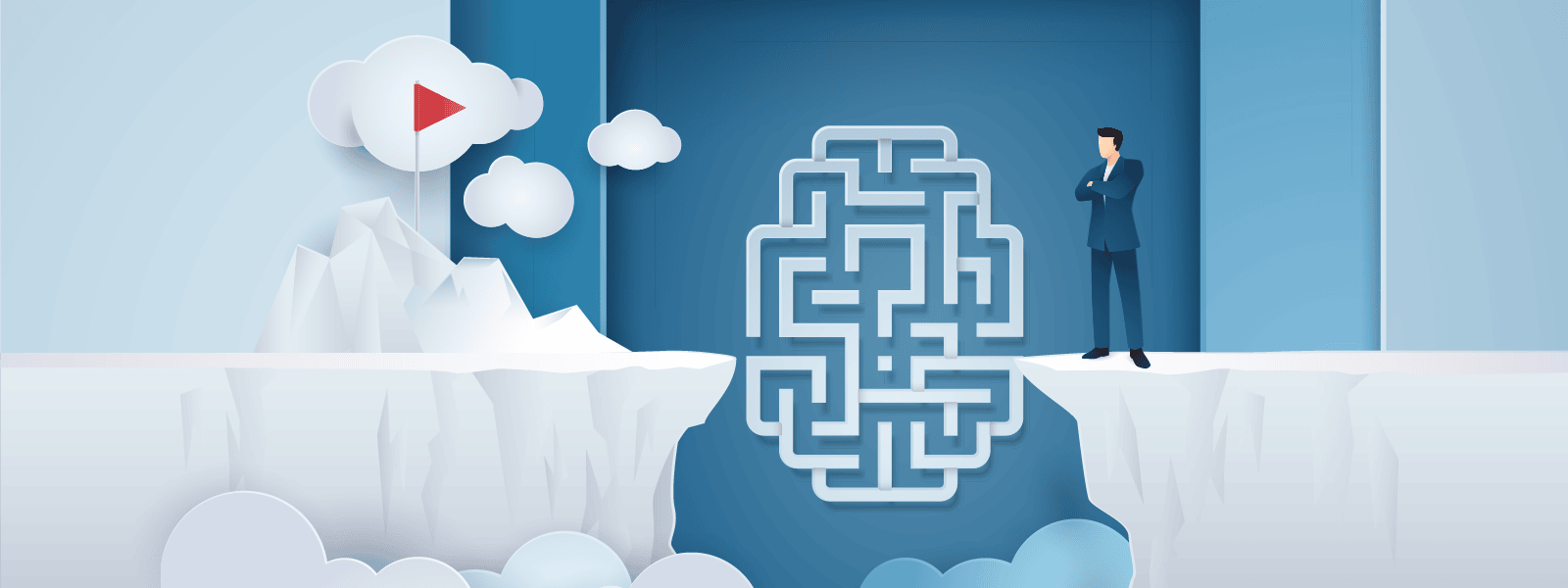How Software Integrations Solve Challenges in Government Institutions



Most governments have adopted digital technologies to improve citizen experience. They are now using data to formulate policies, budgets, business processes, and programs.
State agencies are moving towards collaboration and greater connectivity through system integration. The demand for integration is on the rise, and the market is set to reach $582.5 billion by 2025.
Data integration combines the business and technical processes using data from various sources and turns it into useful information. Public sector organizations have huge amounts of data owned by different departments on various platforms.
The data also has different access requirements, which makes it hard to invest at scale. These silos can also make it hard to create seamless experiences for constituents.
To get a holistic view of each constituent, government institutions need to integrate data from different platforms and departments. Breaking down the silos gives a complete view of information and has become essential for any government that wants to operate efficiently.
How Integration Solves Challenges Government Institutions

1. The government provides citizen-centered services
Without the integration of systems, the institutions have isolated systems that don’t talk to each other. The increased use of multiple systems to store and analyze data leads to silos.
The silos present every department with a disjointed view of the citizen, and this results in poor constituent experiences. If employees cannot access or analyze data in a seamless way, then it becomes hard to deliver great experiences.
By shattering the silos, agencies can get the most value of their data and access information that most people in the institutions don’t know exist. Your organization discovers what the public wants and can deliver exemplary experiences.
You provide services with the whole information/data on a citizen in mind since the employees have access to information from different departments.
Integration enables researchers, policymakers, and planners to identify real public needs and develop programs and services that solve most of their problems.
2. Improves efficiency
Integrating data from different systems provides institutions with reliable insights. Automating processes allows employees to focus on crucial tasks. They don’t have to waste time inputting data manually.
The public can also access their data and services instantly. Registering and applying for services becomes a smooth and easy process. Employees have access to information from disparate systems, making it easy for them to address issues and inquiries with up to date information.
3. You gain access to accurate and valuable data
Different departments collect huge amounts of data during service delivery daily. However, data stored in different systems are dangerous and hard to analyze. Employees input the data manually into different databases, and this could result in errors and duplicate data.
Research shows that human error is one of the leading causes of poor data. Different employees use the databases, and at some point, it becomes hard to pinpoint the origin of an error. Eventually, the institution has a growing volume of poor data that leads to poor decisions.
With the integration of software, government institutions get access to clean data that they can analyze for insights. Thus, policymakers can make informed decisions on improving public services and social programs.
Integration leads to better use for data as policymakers can evaluate public services and identify the ones that benefit citizens most. Valuable data can also ensure funding for the right programs.
4. Improved security
According to research, 8 in 10 citizens have expressed concerns about the privacy and security of their data. Three-quarters of them lack confidence in the government’s ability to secure their information.
Sources of breaches in citizen information result from malicious outsiders, hacktivists, ransomware, accidental losses, unknown reasons, lost devices, or stolen devices.
Governments have huge amounts of data that need merging and analysis in order to be able to provide seamless experiences for citizens. Integration secures data from all users, as well as access. It becomes easier to build security tools to keep the data and the system secure.
A good CRM integrates with other systems so that you can easily keep track of constituents, vendors, suppliers, and other agencies.
SyncApps by Cazoomi allows you to integrate your NetSuite, Salesforce, Zoho, Dynamics 365, and many more with other systems. Our platform is no-code and already tested and vetted by various government institutions. Check it out!